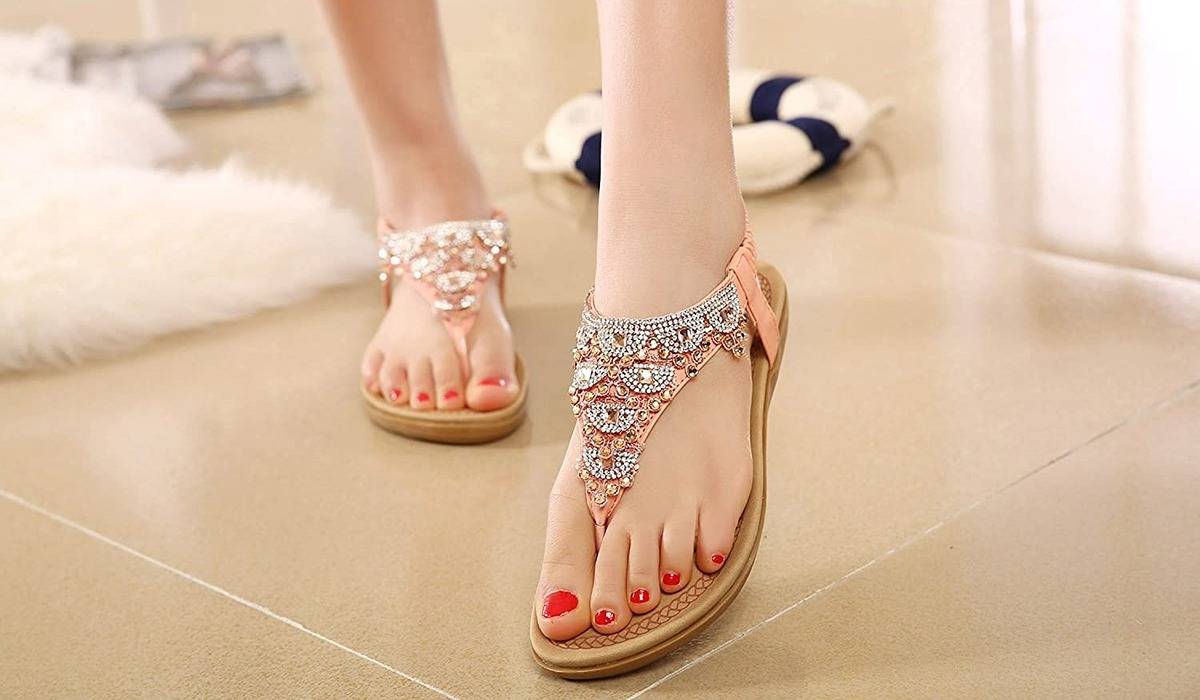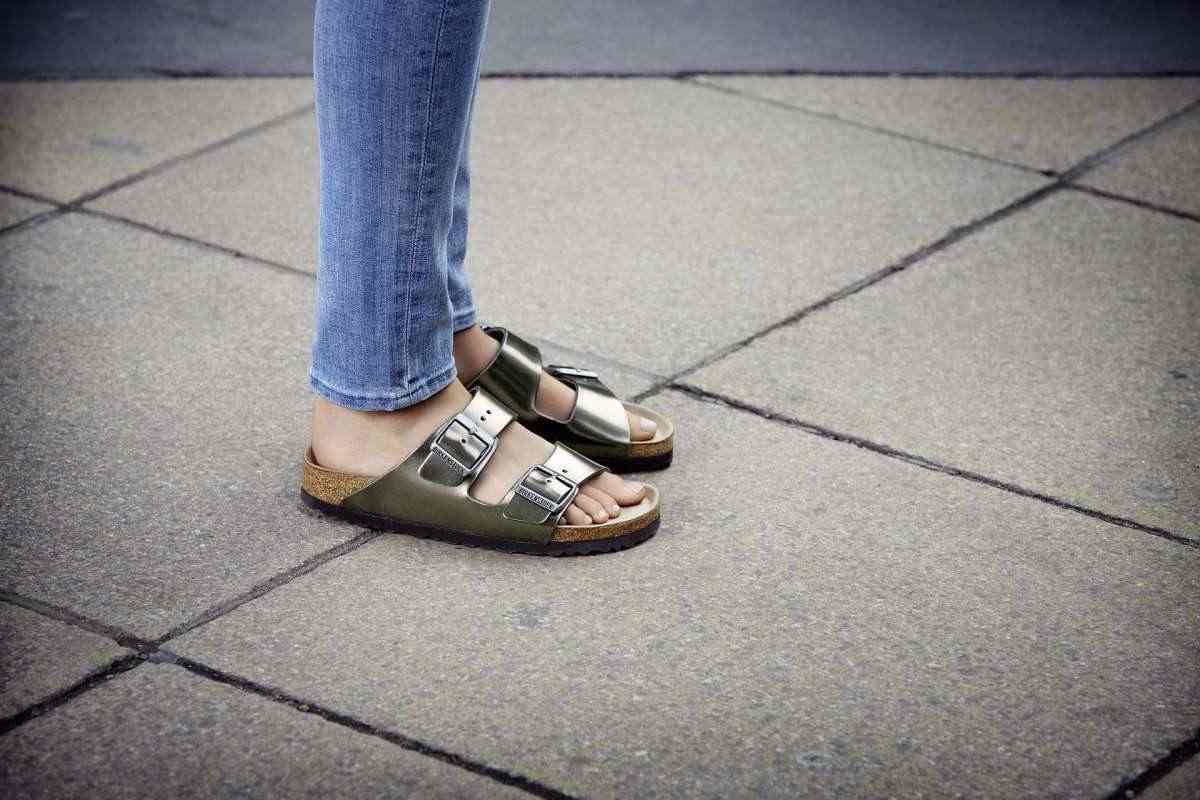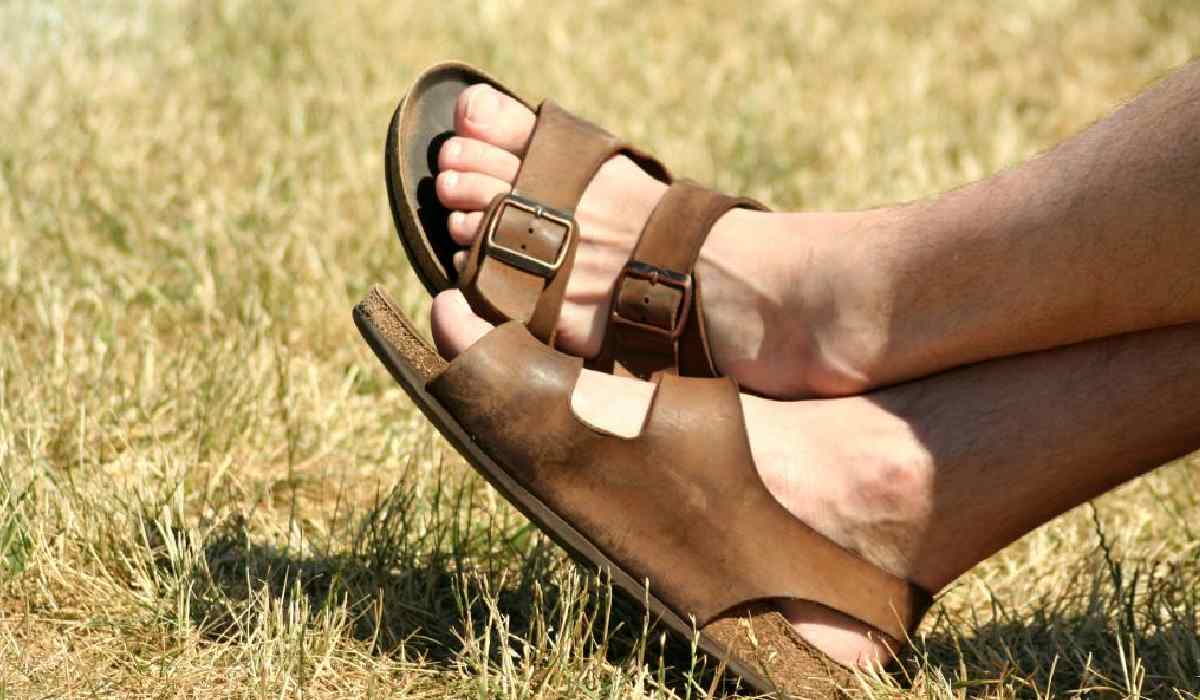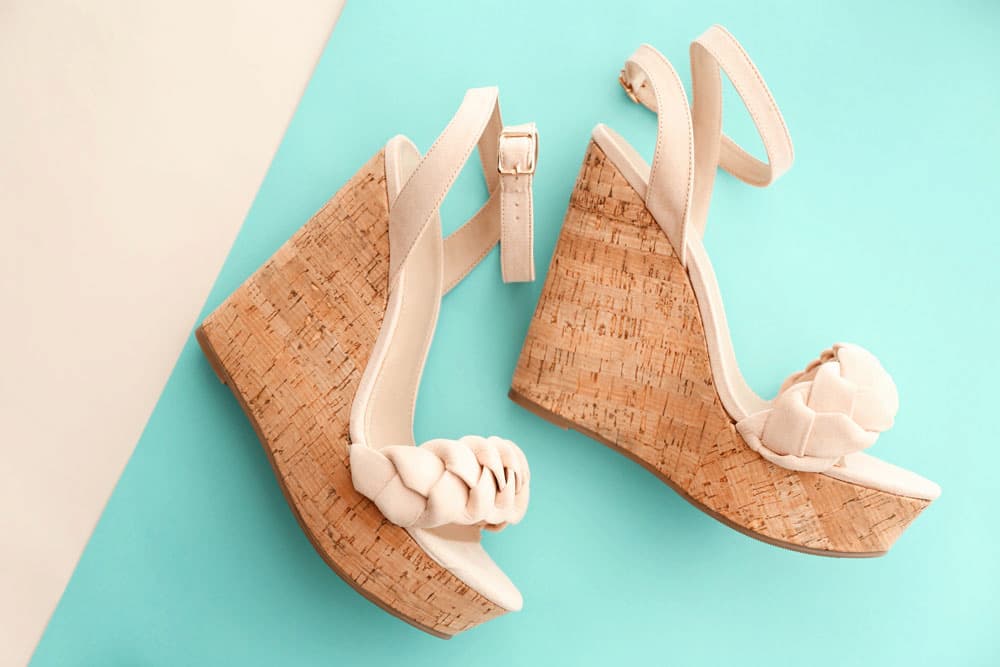Put on your robe and slippers! Give your toes a break from the cold by donning the most comfortable footwear available for indoor use from the bathroom to the kitchen.
Your poor feet are deserving of a pair of plastic slippers that will last for many years because of all the work they perform for you.
They not only get you from point A to point B on a daily basis, but they do it while wearing constricting shoes and sweaty socks, as well as while suffering from chilblains, bunions, and painful arches. Those tootsies deserve a break.
These days, you can pick up a pair of slippers at the supermarket for a mere two dollars, and it’s possible that you’ve already gone through several pairs in your lifetime.
But that is precisely the issue. Cheap slippers are essentially disposable footwear because they are designed to fall apart easily.

In the meantime, they will make your feet cold and uncomfortable, distort their shape, and transform your staircase into a potentially hazardous area.
You would be much better off making an investment in a pair that is well-made, fits well, and provides an appropriate amount of softness, support, and longevity.
Therefore, despite the fact that some of the slippers mentioned in our roundup below may appear to have a high price tag, we have selected them specifically because they provide these necessary attributes.
Continue reading for our selection of the best slippers now available to purchase, as well as a brief shopping guide that will assist you in selecting the type of leisure shoe that is most suitable for your own preferences.
A guide to picking out the most comfortable pair of slippers for you: The most popular trends in soft shoes right now are ones that have multicolored detachable soles and quilted duvets for your feet.
While slipper socks and boots continue to be trendy, fluffy open-toe mules defy predictions that they will ever go out of style. But which one is the most suitable for you?
Slippers without a back are what we refer to as mules. You don’t have to bend over to put them on or take them off because they’re made of a durable material that holds its shape well, like leather or wool that’s been tightly woven.

They’re really practical because you don’t have to bend over to put them on or take them off. Because mules let air to flow, you should consider wearing them if you have a problem with sweaty feet.
To each individual, open-toed mules might represent anything. You’ve got the all-time classic fluffy mule if you put a piece of faux fur on top and a kitten heel on the sole of the shoe. You may turn them into a beachfront slider by stripping them down.
Both the benefits and drawbacks are the same: the shoes are easy to slip on and off, they provide a lot of ventilation, there is plenty of room for your toes, but they do not provide much warmth.
Pumps, such as smooth, cotton slip-ons or soft, fluffy ballerina pumps, are a lightweight footwear option that may be worn throughout the year.
They won’t slide off because of the full heel, but this protection only lasts until the pumps lose their shape, which may happen very quickly with inexpensive pumps, so err on the side of caution when purchasing for them.
Even though they may be constructed from a delicate material like sheepskin, moccasins nonetheless have a big heel because they are expertly fitted to maintain their original form even after years of wear. During the cooler months and on cool evenings, these shoes are ideal for keeping your feet toasty and comfortable.
Slipper socks are a fantastic concept. The soles are made of rubber studs or soft leather or suede (real or imitation), which provides traction and insulation without adding bulk to the shoe.

They’re the easiest slippers to wash and dry. However, they are not very good at allowing air to flow, particularly if the soles are made of rubber; therefore, they are not the greatest option for people who have problems with sweaty feet.
Slipper boots are great for the winter because they keep your calves, feet, and toes warm. However, wearing them in the summer might make your feet uncomfortable and cause you to sweat. Look for soles made of rubber for increased traction and durability.
What are the benefits and drawbacks associated with the various types of slipper materials? There’s a good reason why wool is such a common material for slippers.
Wool, whether woven into thick herringbone or molded felt (as it is in our top option), delivers the ideal balance of softness and solidity, in addition to warmth without clamminess. Frequently combined with synthetic fibers like polyester to increase elasticity and breathability of the final product.
Traditional slipper materials include leather, suede, and sheepskin because of their plush feel, excellent breathability, and long-lasting quality.
Even though they cannot be cleaned in a machine and are not suitable for vegans (unless you choose imitation leather), you might only need to buy one pair because they are so durable.
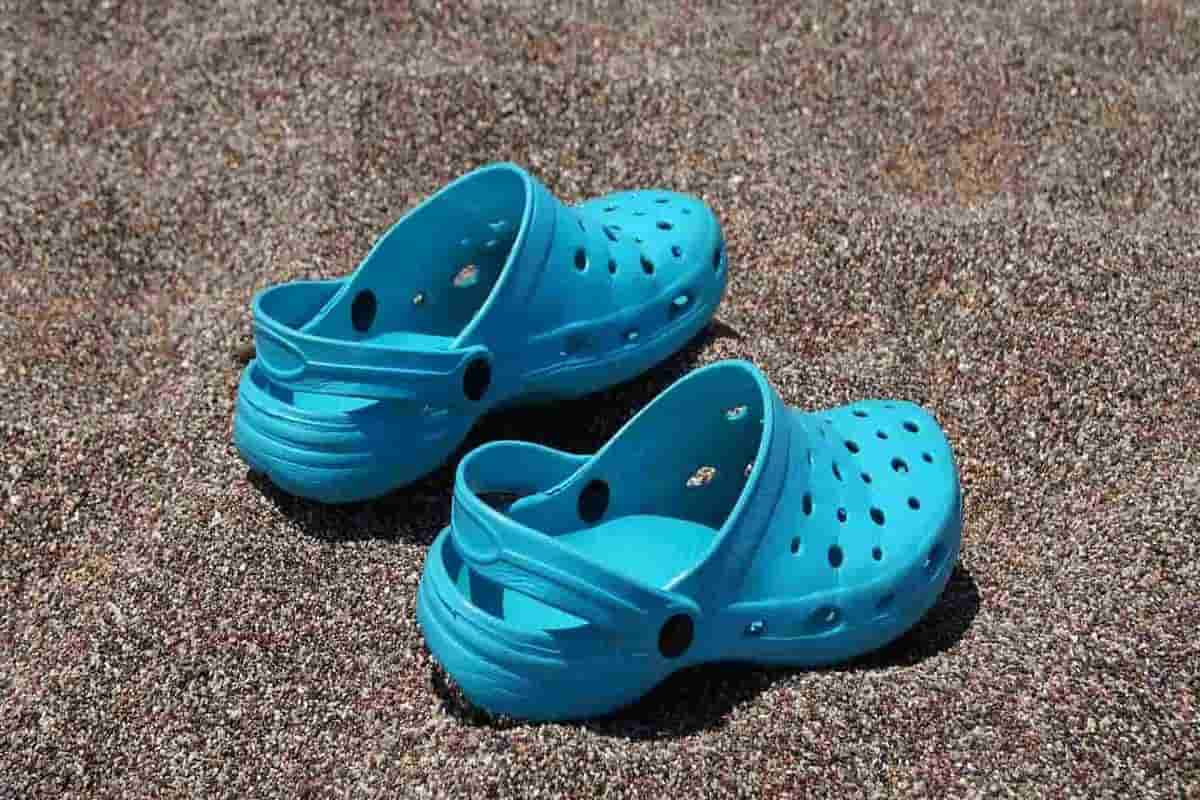
Satin is made by weaving natural or synthetic fibers (like silk or polyester), which results in a glossy surface that provides elegance, comfort, and a wonderful, silky feeling against the skin.
Satin can be made from either natural or synthetic fibers. Satin’s close weave absorbs and retains moisture, therefore it’s not the best option for those who have sweaty feet.
Memory foam is being used in the construction of many different kinds of slippers, from the huge soles of indoor moon boots to the inside soles of ballerina pumps.
Memory foam is known for its cushioning properties. It is comfortable, yet still provides support, and it is very warm – possibly even too warm for the summer months.
Rubber soles ensure that even a brief excursion into the great outdoors won’t leave your feet drenched. The soles of the slippers produced by companies such as Mahabis and Clarks are made of a durable specialty rubber known as TPU (thermoplastic polyurethane) or EVA (ethylene-vinyl acetate).
which is more flexible than leather and retains heat effectively. There is a wide range of prices for rubber soles, but generally speaking, you get what you pay for.
